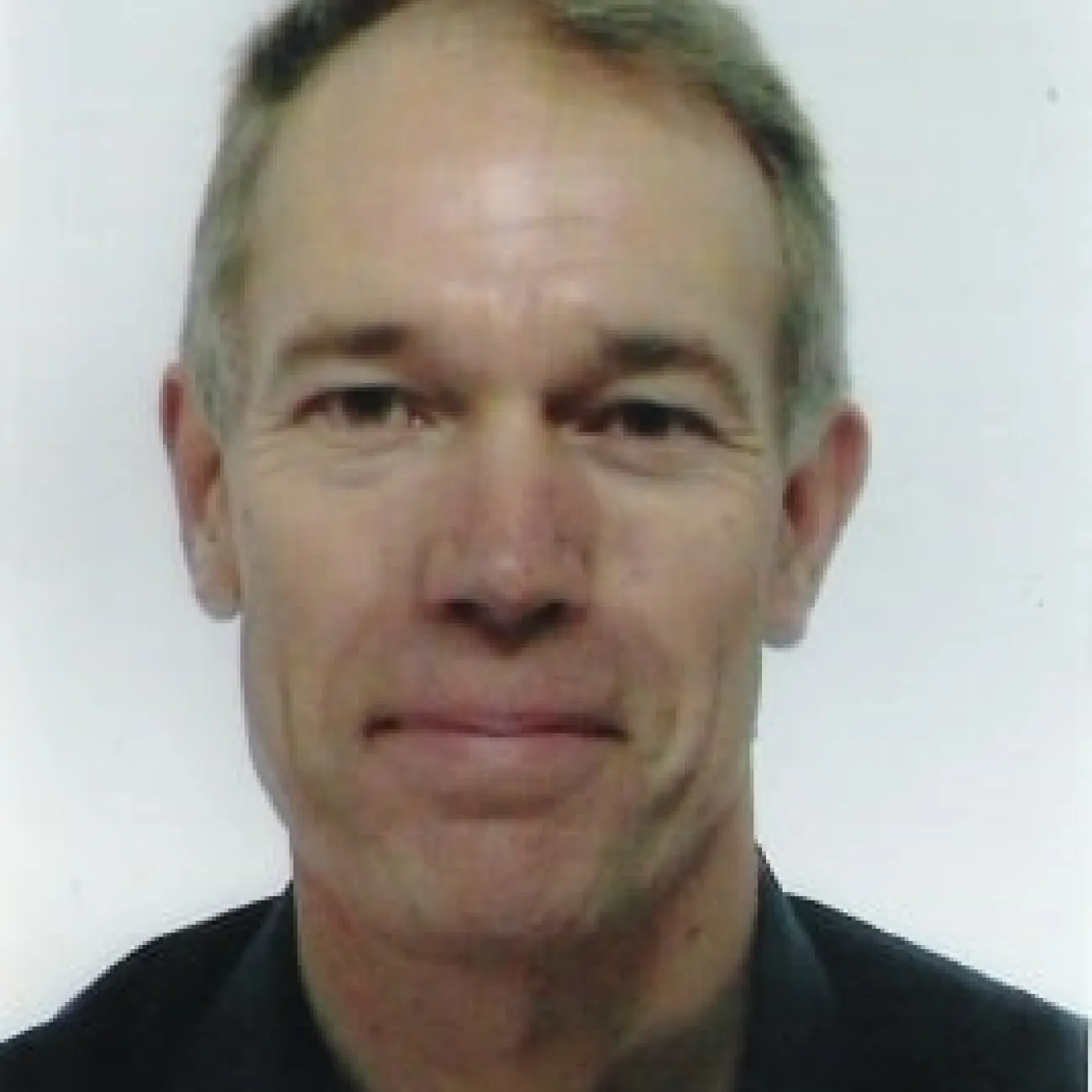About
Professor Steve Elliott is a Professor at the Institute of Sound and Vibration Research (ISVR), in Engineering and Physical Sciences at the University of Southampton.
Research
Research interests
- connections between the physical world and digital signal processing
- personal and zonal audio and modelling the active processes within the cochlear
Current research
My research has been concerned with the connections between the physical world, signal processing and control, mostly in relation the active control of sound and vibration. This work has resulted in the practical demonstration of active control in propeller aircraft, cars and helicopters.
My current research interests include personal and zonal audio and modelling the active processes within the cochlear.
The research was originally related to the active control of sound and vibration. This work has resulted in the demonstration of active control in cars, helicopters and propeller aircraft and the authorship of the books "Active Control of Sound" with P.A. Nelson, "Active Control of Vibration" with C.R. Fuller and P.A. Nelson and, most recently, "Signal Processing for Active Control". The active control research has traditionally involved the reduction of unwanted noise, most recently on luxury yachts, but has recently developed to the reproduction of sound signals, such as music, in specific regions of space, so that, for example, the driver of a car can listen to Radio 4, while a child in the back of the car can listen to a Disney DVD.He is also involved in working on the growing body of work on modelling the mechanics of the cochlea and the functioning of cochlear implants, as below. This is important not only for communication and speech processing systems, but also in order to help understand the causes of hearing impairment and how they might be overcome.
Active Control of Sound and Vibration on a Luxury Yacht
Active Control of Road Noise in a Car
Active Position Control of Flexible Structures
Active Structural Acoustic Control
Cochlear modelling of distortion product otoacoustic emissions
Compensation filters for feedback control units with proof-mass electrodynamic actuators
Decentralised control units for vibration control in cars
Directive Warning Sounds for Electric Vehicles
Generating a Personal Listening Zone from a Mobile Device
Generation of Multiple Independent Listening Zones in a Vehicle Cabin
Modelling the voltage distribution due to a cochlear implant
Power modelling for cochlear implants
Prediction of ultrasonic wave propagation in aircraft structures for crack monitoring
The effect of active noise control on the sound quality in cars
The research of wave motion in coupled system by using finite element method
Research projects
Active projects
Completed projects
Publications
Pagination
- 1
- 2
- 3
- 4
- 5
- …
-
Next page
Next
Teaching
| Title | Module Code | Programme | Role |
| Active Control of Sound and Vibration | ISVR6139 | MSc Sound and Vibration Studies | Lecturer |
| Electroacoustics | ISVR6137 | Acoustical Engineering, Acoustics and Music | Coordinator |
| Electroacoustics | ISVR6137 | MSc Sound and Vibration Studies | Coordinator |
| Musical Instrument Acoustics | ISVR3063 | Acoustical Engineering, Acoustics and Music | Lecturer |
External roles and responsibilities
Biography
Professor Steve Elliott graduated with joint honours in physics and electronics from the University of London in 1976 and in 1979 was awarded a Ph.D. from the University of Surrey for a thesis on musical acoustics.
After his appointment as a lecturer at the Institute of Sound and Vibration Research (ISVR) in 1982, he was made senior lecturer in 1988 and Professor of Adaptive Systems in 1994.
He served as Director of the ISVR from 2005 to 2010.
Professor Elliott has published over 250 papers in refereed journals and 600 conference papers and is co-author of Active Control of Sound (with P A Nelson 1992), Active Control of Vibration (with C R Fuller and P A Nelson 1996) and author of Signal Processing for Active Control (2001).
He was made a Fellow of the Royal Academy of Engineering in 2009.
Prizes
- Fellow Royal Academy Engineering (2009)
- Tyndall Medal of the Institute of Acoustics (1992)
- Keith Harris James Prize from Institute of Mechanical Engineers (2000)
- Best poster award at the 10th International Workshop (2008)
- Fellow Royal Academy Engineering (2009)
- Tyndall Medal of the Institute of Acoustics (1992)
- Keith Harris James Prize from Institute of Mechanical Engineers (2000)
- Best poster award at the 10th International Workshop (2008)
